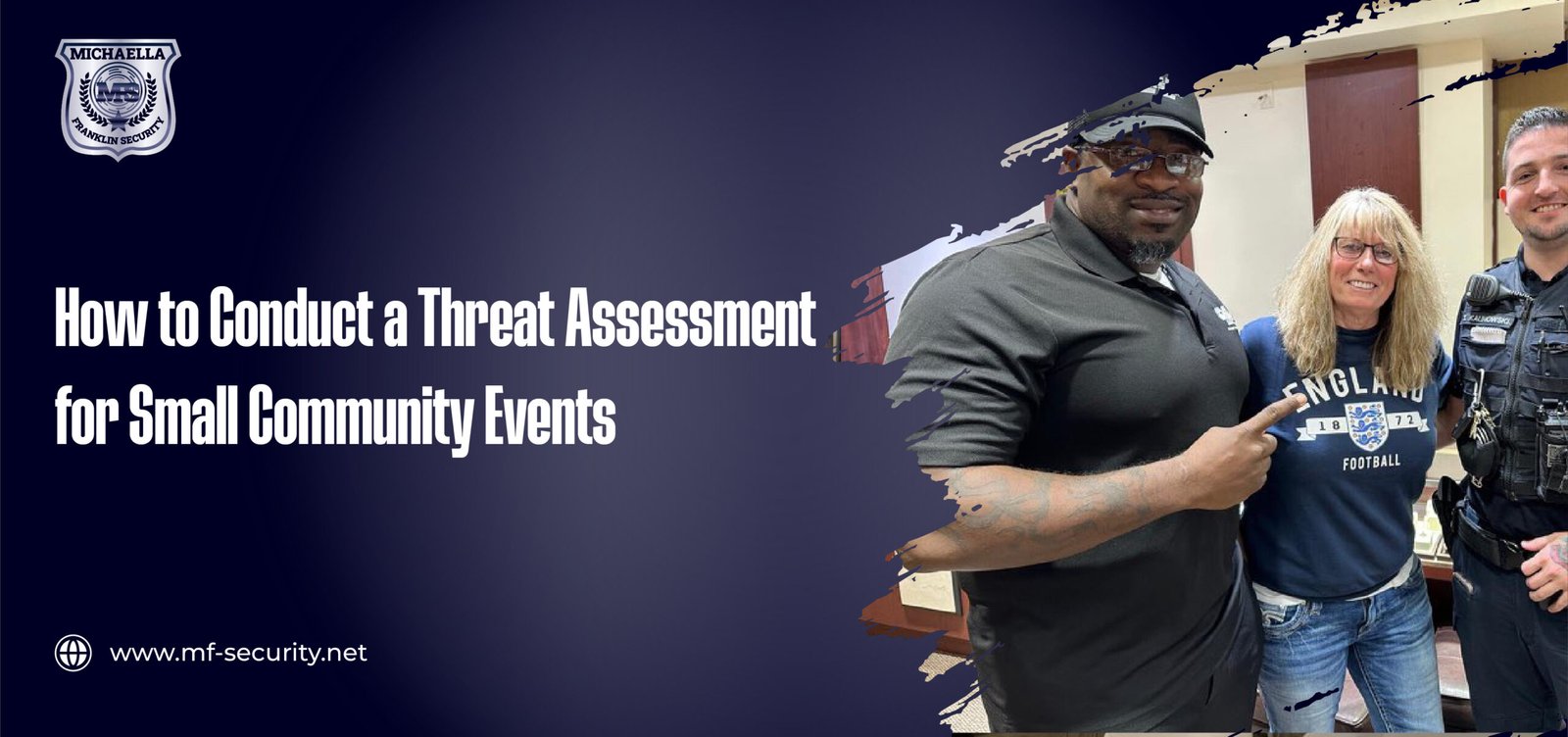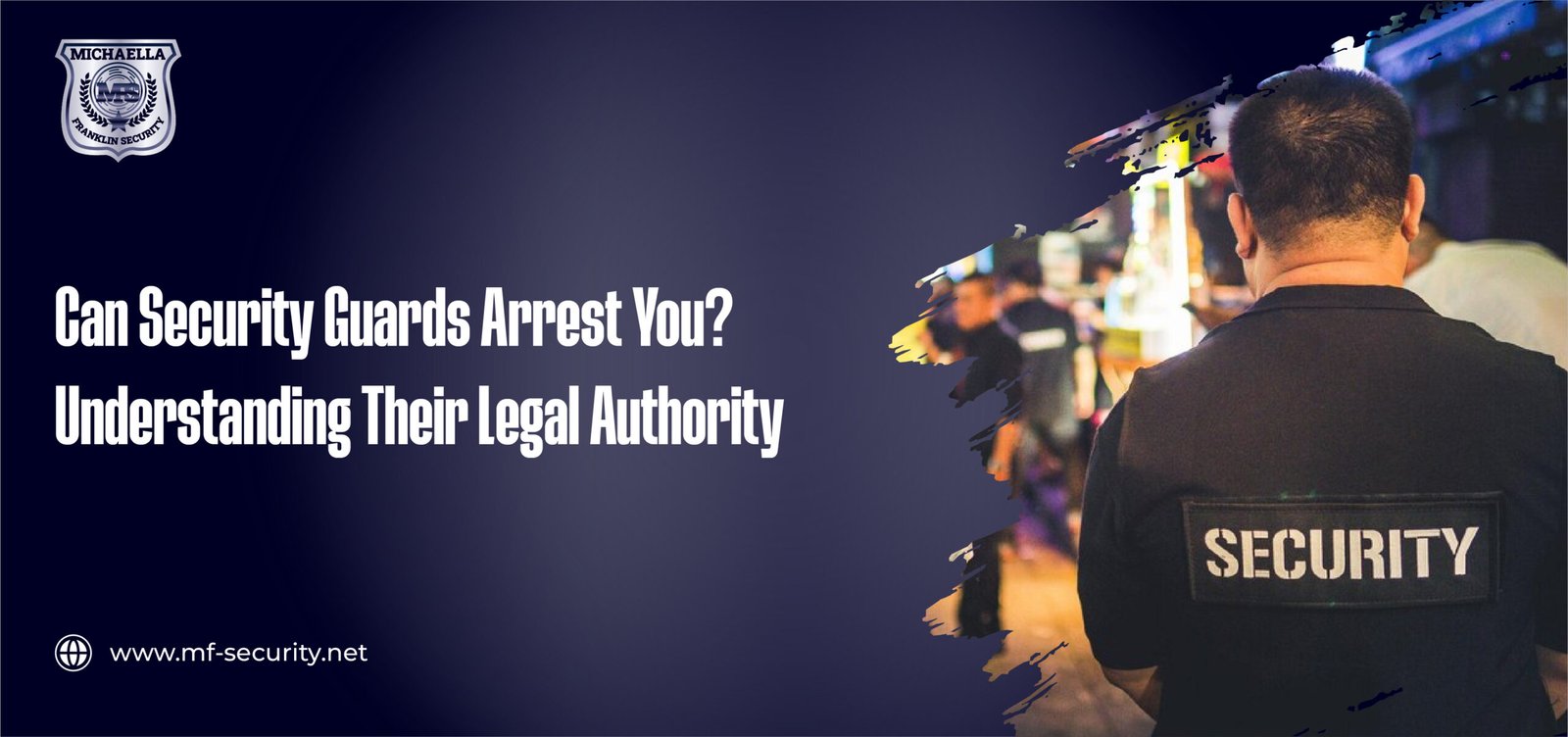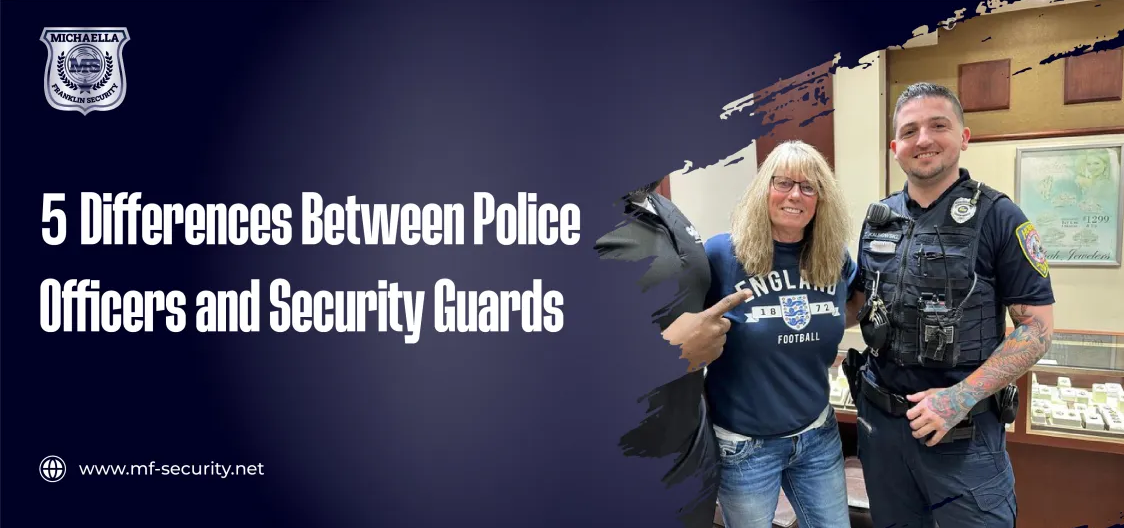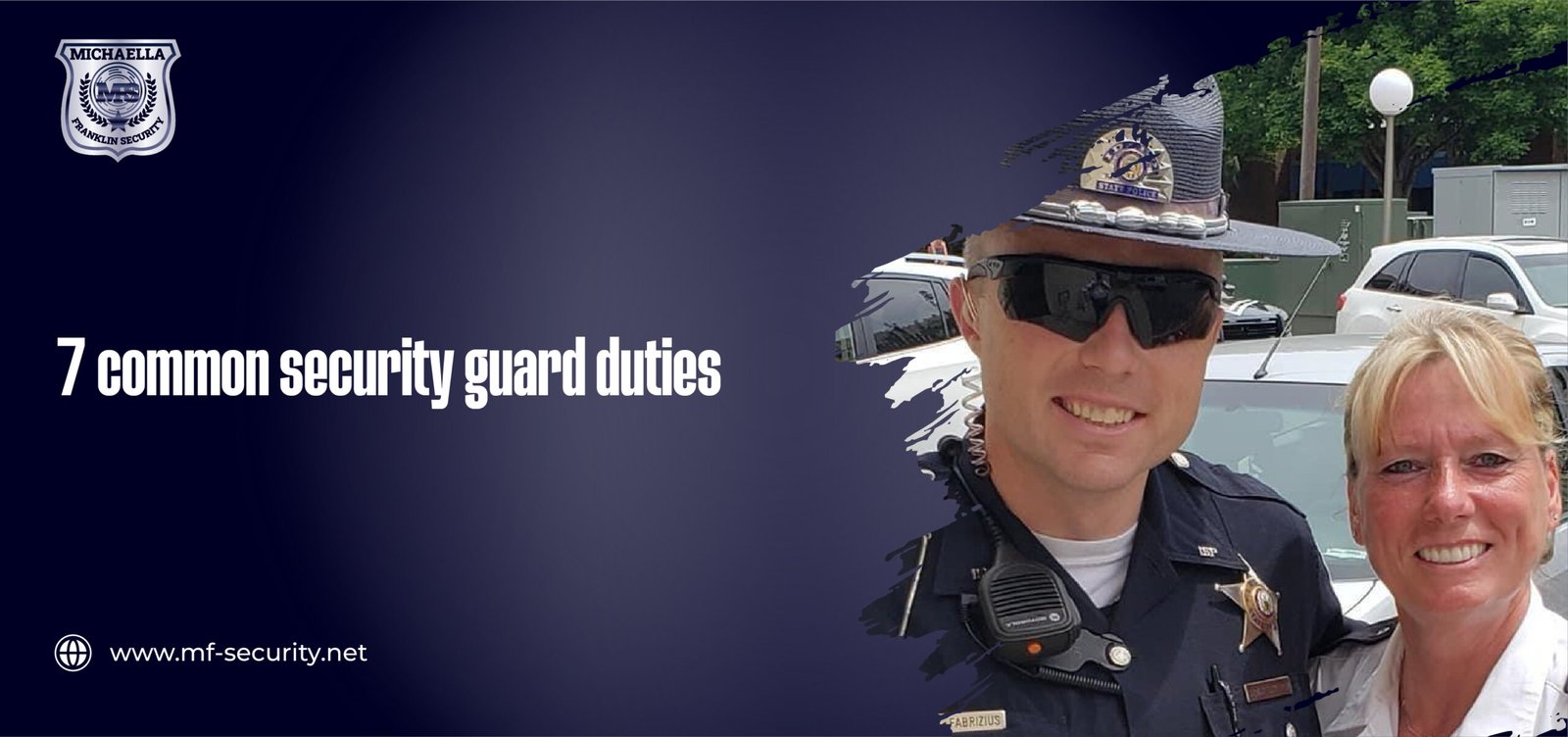Every small community event, be it a local fair, cultural festival, charity walk, or a town hall meeting, is highly recommended as a medium for holding people together and promoting bonds within the community. Nevertheless, even apparently low-risk events can be at the mercy of numerous hazards- medical emergencies, as well as weather disruptions, security breaches, or logistical problems. Proper threat assessment in events is not only the key to the integrity of the audience but also prevents the loss of tempo by various organizers and the community in general.
Understanding Threat Assessment
A threat assessment is a systematic measure of detecting a threat, assessing, and controlling any probable risks or dangers connected with an event. The objective is not to eliminate every risk, which is an impossible mission, but to reduce it to a certain level through planning. Such a process is particularly important when dealing with small events, where the resources might not be strong, and emergency actions might not be so prompt.
Step 1: Define the Scope of Your Event
Before you can assess risks, you must fully understand what your event involves. This includes:
- Location and venue (indoor/outdoor, public/private property)
- Estimated attendance (crowd size affects risk potential)
- Activities planned (e.g., live music, food stalls, political speakers)
- Timing and duration (day or night event, seasonal concerns)
The scope will shape which threats are most likely to affect your event. For example, an outdoor event in summer has different risks compared to a winter indoor gathering.
Protect your small community event with expert threat assessment and security planning. Learn more about our High-Risk Event Security Services.
Step 2: Identify Potential Threats
This step involves brainstorming and listing out possible internal and external threats. These could be:
- Natural hazards – thunderstorms, heatwaves, floods
- Medical emergencies – dehydration, injury, allergic reactions
- Security threats – fights, theft, harassment, or even active shooters
- Logistical issues – power failure, overcrowding, traffic congestion
- Technological risks – equipment malfunction, PA system failure
Engaging local authorities, past event organizers, or security experts can offer insight into recurring or underappreciated risks.
Step 3: Assess the Likelihood and Impact
Once threats are identified, evaluate each in terms of:
- Likelihood – How probable is the threat to occur?
- Impact – If it does occur, how severe are the consequences?
This assessment can be qualitative (low, medium, high) or quantitative using a matrix format. Threats that are both likely and potentially damaging should be prioritized for mitigation.
Step 4: Develop Mitigation Strategies
After ranking the risks, devise mitigation plans for each high-priority threat. These strategies can include:
- Emergency procedures plans -Its procedures should define evacuation procedure, lockdown, or medical assistance.
- Security guards can be employed or cooperate with local police.
- Crowd control- Guide with barriers, signage, and trained volunteers.
- Weather contingencies: Have reserve indoor locations or make-up policies.
- Communication systems -Adequate communication network with the employees and participants should be established (e.g., walkie-talkie, mass text messages)
Small communities often have access to resources like local police, fire departments, or volunteer paramedics who can be looped into the response plan.
Step 5: Coordinate with Stakeholders
Inclusion of stakeholders, such as local government officials, emergency services, vendors, and volunteers, is important for recognition across the board. A pre-event briefing should be held where roles are discussed and ways of responding to various situations are reviewed. This measure creates confidence and readiness among all event staff.
Step 6: Document and Share Your Plan
Once the threat assessment and mitigation plans are ready, compile them into a comprehensive yet straightforward document. This plan should be:
- Easy to understand and access
- Assign responsibilities
- Include maps, contact lists, and escalation procedures
Distribute the plan to key personnel and ensure everyone knows where to find it during the event.
Ensure safety and peace of mind at your next gathering with professional event threat assessment from Michaella Franklin Security Inc. Discover our crowd management solutions.
Step 7: Monitor and Adjust in Real-Time
The threat assessment is not over as soon as the event begins. Assign a person (or a small team of people) to constantly observe the situation on the ground, i.e., the weather situation, the behavior of the crowd, and communication channels. A state of alertness makes it easy to make quick decisions to ensure that minor issues do not mushroom.
Step 8: Post-Event Review
Towards the end of the event, conduct a debriefing session to evaluate the event’s strengths and weaknesses. Survey volunteers, security, and participants. This assessment will not only make your threat assessment process better in future events but also accumulate institutional knowledge for your community.
Conclusion
Threat assessments do not only apply to big events or political gatherings. Even minor local events may have unforeseen complications, which, unless they are involved in the planning, may cost safety and success. You can secure your event by knowing the risks that may arise, mitigation strategies, and liaising with the local resources. Advance planning is the means, not only of safeguarding attendees, but also of demonstrating the cross-functional maturity of the organizing committee. This type of conscientiousness creates lasting trust in community-driven settings.
Don’t leave your event vulnerable—partner with Michaella Franklin Security Inc for reliable threat assessment and security services. Explore our security planning offerings.






